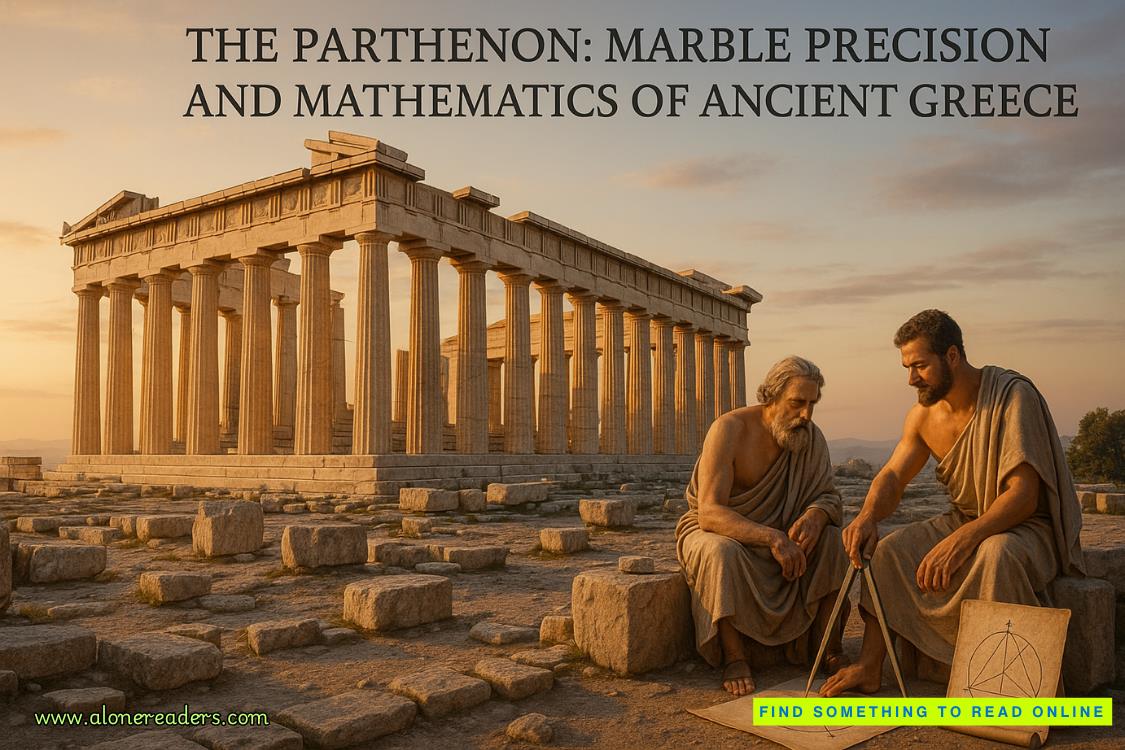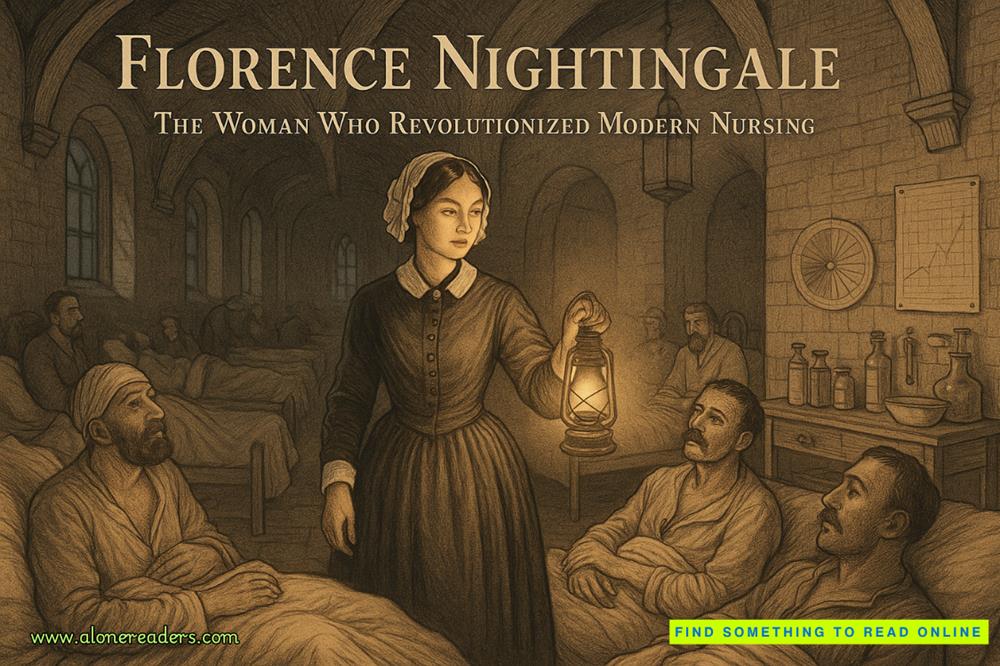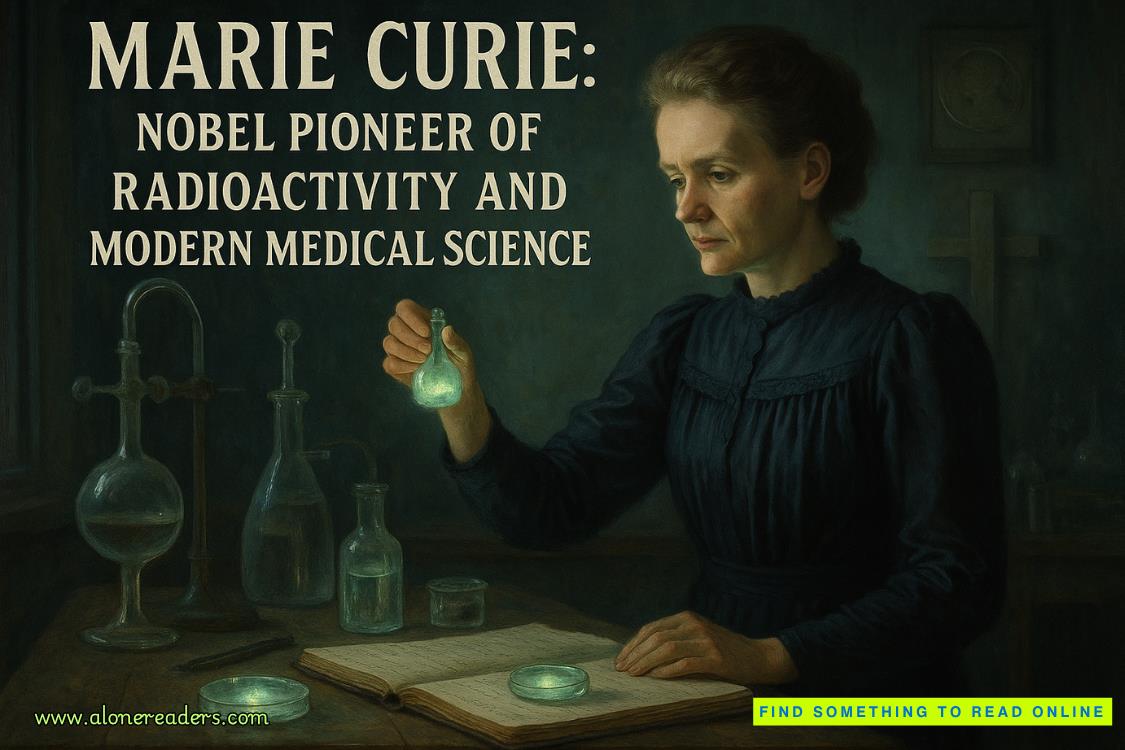Page 56 of Wished
“Time to unmarry?” I ask, shakily climbing off his lap.
My limbs have that strange half-asleep pins-and-needles feeling. I’m heavy and clumsy and tingling. My face is tilted toward the stone and the river and I’m braiding my hair, smoothing my dress, but when Max doesn’t answer I look back at him.
He’s watching me braid my hair, a low flame burning in his gaze. “What happens if this can’t be fixed? If my theory proves false?”
I pause, letting my fingers fall from my braid. “I ...” My heart stutters, shudders, and then thumps along again. “I hadn’t thought that far ahead.”
Max nods. Then, in a smooth motion, he stands and holds out his hand.
I take his outstretched hand and he pulls me up. A sparking current travels along my hand, up my arm, and crackles over my skin.
“Never mind,” he says, keeping ahold of me. “It’ll work. By tomorrow we’ll be strangers again.”
He doesn’t sound exactly happy when he says this, but I only nod.
Then he gathers the remains of our meal and I pick up the sadly wilted freesias, the flowers drooping toward death with every passing hour.
18
The Musée des Arts Décoratifs,also known as MAD, is located in the most northwestern wing of the Louvre, although it’s not part of the Louvre Museum. Outside is the sprawling Jardin des Tuileries with its formal gardens, monuments, ponds, statues, and tree-covered pathways. The park is dotted with sunbathers, picnickers, tourists, and locals, all out for a sun-filled stroll. I want to hunt down the Rodin pieces at the western end, but Max tugs me along to MAD’s entrance.
The stone façade is a soft, creamy beige, with a dozen statues standing in alcoves looking down on us as we enter the arched doorway. Every time I enter a great museum I’m stunned by the magnitude. The scale of the marble columns, the enormity of the arched ceilings, the grand marble staircases, and the sea of marble tiles and marble ceilings and marble ... my gosh, how much marble can there possibly be in one building? Inevitably I crane my neck up and up and up, until I’m slack-jawed, staring at a perfectly rounded ceiling, a magnificent chandelier, and, of course, more marble.
But then I always lower my gaze and come back to ground-level, where masses of people intermix in a wave of museum confusion. The marble makes museums cold, with an icy stone breeze that never leaves the air even in the deepest heat of summer. The light is bright, almost harsh, and the noise is jarring. Voices echo off the marble, heels click on the mosaic tile, and every sound is magnified in the marble confines.
Still. It’s gorgeous.
I stay close to Max as he leads us up the grand staircase to the second floor. Even in the white marble sterility of the museum, a tight, tingling awareness passes between us. Every now and then, as we pass a tour group or a large family, I move close and my hand or arm brushes against Max. When we touch, he tenses, his shoulders tighten, and he takes in a restraining breath as the air around us crackles. At the top of the stairs he takes my hand and holds it in a firm grip. As he does, he looks at me with a single eyebrow raised as if he’s waiting for me to protest. I don’t.
He nods then and turns toward the Galerie des Bijoux, our destination.
Usually, when I go to museums, I love to sit on a bench and people-watch. There are always the usual suspects. Mom friends pushing strollers, chatting while their babies sleep. Families on vacation, the parents grim-faced and determined to see the museum or die trying. Art students, quirky or mysterious, leaning against columns sketching in their notebooks. Retirees getting their daily step quotas in. A couple on a first date. An exhausted family of five, glassy-eyed after seeing their thousandth art deco vase.
My favorites, though, are the older couples—the ones in their eighties sitting on a bench together holding hands, pondering a painting. I like them the most.
“People-watching?” Max asks, slipping me a small smile as we walk across the glass footbridge spanning over the marble entrance hall.
I forgot. He knows I love museums for people-watching more than for the art.
“Maybe,” I say. Then, when he gives me an amused smile, I admit, “Yes. Am I that obvious?”
“Only to me. I’ve seen you—” He shakes his head, cutting himself off.
I have to admit, it is strange. He’s seen me, but he hasn’t. He’s my husband, but he isn’t. He knows me, but he doesn’t.
“You’re easy to read,” he says, looking down at me.
Suddenly I’m dizzy again. I don’t know if it’s from the pressure of Max’s hand in mine, the shimmery sensation pulsing through me, or the fact that we’re walking across a footbridge high above the ground in a marble palace.
“I like that about you,” Max says. “You think you do the unexpected, but ... when it counts, I know what you’ll do. You’ll do the right thing. There isn’t any guessing. You put your family first, always. You try to make others happy, always. You’re warm and kind. A little shy. A lot cautious. A romantic. You like people. You do what’s right.” He reaches up and touches the line of my jaw. “You’re very expressive. There isn’t ever any guess about what you’re thinking. It all shows in your expressions.”
My heart thuds and flops around in my chest, and the lustrous glow that was coating me sizzles and pops and falls to the marble floor twenty feet below. If I’m easy to read, does that mean he knows? He knows I fell in love at first sight? He knows I pined after him for years? He knows I have all that love for him tucked in a corner in my heart, hidden behind a closed door? He knows the only thing he has to do is knock and I’ll open it for him?
He knows?
Max drags his finger along my jaw. “In seven years I’ve never known you to lie.”
“I can’t lie,” I admit. “It knots my stomach until I can’t eat and can’t sleep. It’s easier to tell the truth.”















